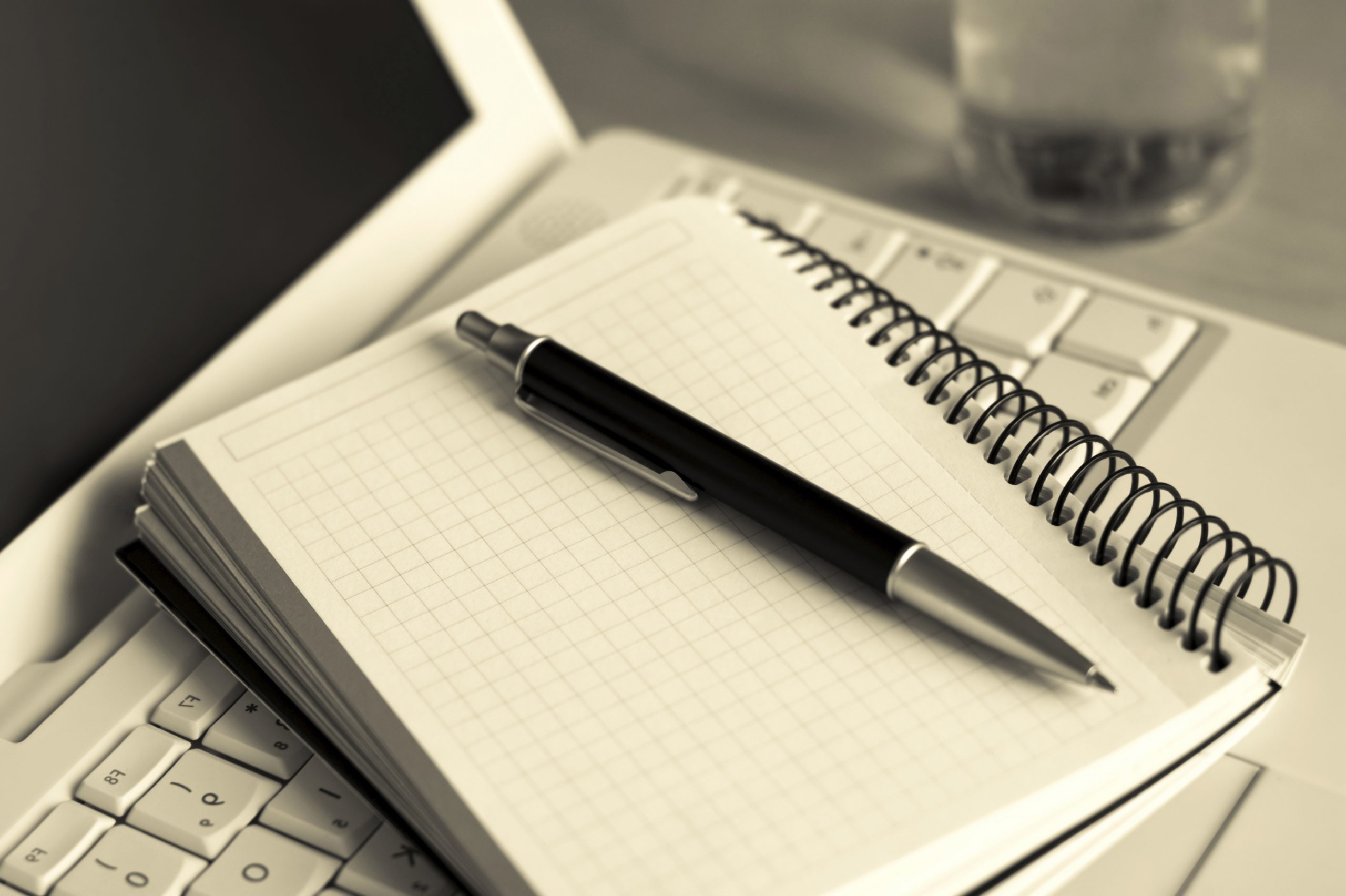What is a Personal Insolvency Agreement?
A Personal Insolvency Agreement (PIA) is an alternative to Bankruptcy and is laid out under Part X of the Bankruptcy Act. For this reason a PIA is also known as a Part X. A PIA is similar to a Debt Agreement in that it is a legally binding agreement between you and your unsecured creditors to pay back as much as you can afford to repay in order to avoid bankruptcy.
A PIA can only deal with your unsecured debts (i.e. credit cards, personal loans, cash advances, guaranteed company debts or any shortfall amounts from the sale of secured assets). If you wish you can keep your secured assets (ie your house secured by a mortgage or your car subject to a lease) as long as you can afford to keep making the normal repayments. If you don’t wish to retain these assets you can surrender them to your financier prior to entering into the PIA and if there is any shortfall on sale, then that shortfall can be included in the PIA as an unsecured debt.
A typical agreement is structured over a period of time (usually with regular payments, ie weekly, fortnightly or monthly payments over 3 to 5 years). Some agreements can be structured with a lump sum payment/s if you can sell an asset or your family is prepared to contribute a lump sum amount to help settle your debts.
Who can help me set up a Personal Insolvency Agreement?
To set up a PIA you need to appoint a Controlling Trustee. Only a Registered Trustee in Bankruptcy or a solicitor can act as a Controlling Trustee. Before you select any company to help you with a PIA, make sure that they have a Registered Trustee or a solicitor on staff who can accept the appointment. You don’t want your case passed onto another company midway through the process. Here at Debt Free Australia, we have a Registered Trustee in Bankruptcy on site who can accept your appointment and help you through the process from beginning to the end.
It will be our role as your Controlling Trustee to help show your creditors what they would receive under your proposed PIA and compare that outcome to what they would receive if you went bankrupt (ie for your creditors to accept your proposal we need to be able to show them that they would receive more under your proposed PIA than what they would receive if you went bankrupt).
In preparing the bankruptcy outcome, we will need to investigate the following:
- if any property has been transferred or sold at under value which could be recovered under bankruptcy;
- if you would be liable to pay compulsory income contributions in bankruptcy; and
- place a value on your assets which would be sold under bankruptcy.
Lastly lets explore the most common questions people ask before they sign up for a PIA
Can I keep my car?
- Most people who enter into a PIA, do keep their car. However, if your car is leased and you can’t afford the repayments, then you may need to surrender the car to the financier prior to entering into the PIA. If there is a shortfall on sale, don’t worry as this shortfall amount can be included in the PIA as an unsecured debt. If you can afford the repayments then you can keep paying them as usual and keep your car.
Can I keep my house?
- Most people who enter into a PIA, do keep their house. However, if your house is subject to a mortgage and you can’t afford the repayments, then you may need to surrender your house to the financier prior to entering into the PIA. If there is a shortfall on sale, don’t worry as this shortfall amount can be included in the PIA as an unsecured debt. If you can afford the repayments then you can keep paying them as usual and keep your house.
Will I ever be able to get a mortgage again?
- This will be at the discretion of your bank once you complete your PIA. As the laws currently stand there will be a standard 7 year default placed on your credit rating from when you lodge your PIA proposal. However, the government has recently changed the laws which will become effective in early 2014 which will make it mandatory for the defaults to be lifted once you successfully complete your agreement. Again, despite this change in the law, it will be at the sole discretion of the individual lenders and you will need to satisfy their lending criteria at the time of your application.
Will the PIA be advertised in the local papers?
- For your PIA to be accepted, a meeting of your creditors needs to be held. At this meeting, your creditors will be asked to vote on your proposal. This meeting needs to be advertised on the AFSA website, but it will be taken off a few weeks after the meeting, so it will only be public for a short period of time.
Can I keep my mobile phone & credit cards?
- You can keep your mobile phone but you will need to cut up your credit cards. You will need to replace your credit card with a debit card. It may be best to do this prior to entering into the PIA.
If you want to enquire about setting up a Personal Insolvency Agreement, please call us on our toll free advice line 1800 462 767 and we will arrange a free debt assessment.

